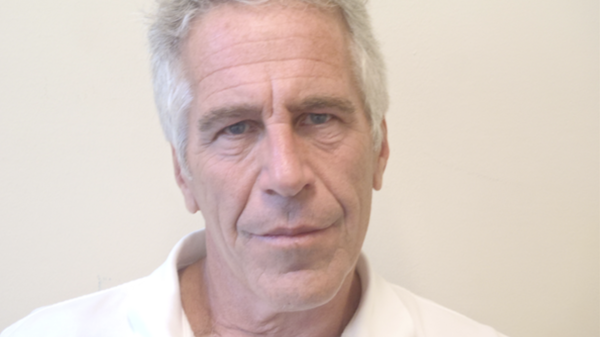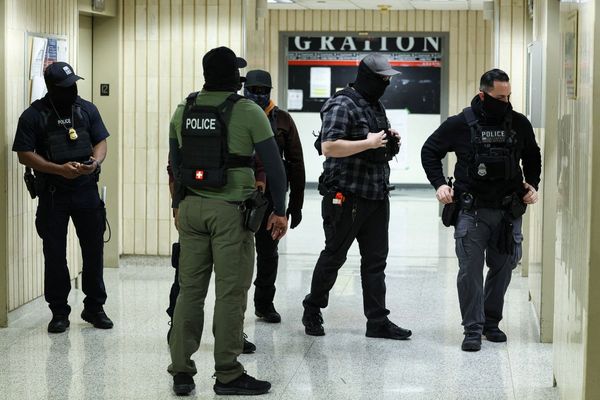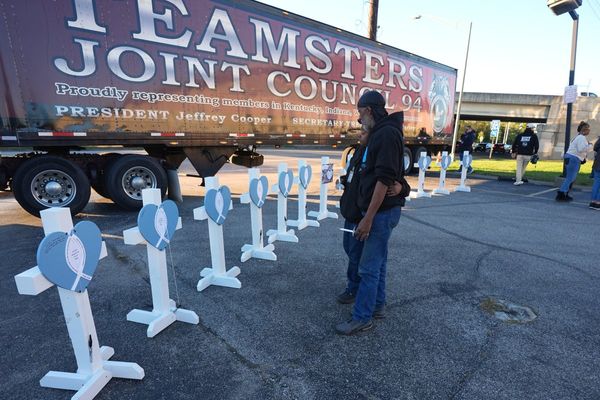
The controversial high-speed train project involving a tall structure and gigantic station plan that threatens the aesthetic value of the Ayutthaya heritage site, epitomises the loopholes in the country’s conservation regulations.
Although the designated rail route is about 2 kilometres away from the Ayutthaya historical park — the core of the Unesco heritage site — and the height of the elevated structure is to be reduced from 19m to 17m, or as high as a five-storey building, there remain concerns about its design.
Some locals are particularly worried whether vibrations from such large-scale construction could damage old temples and archaeological sites.
The problematic section, which runs 13.3km in an area called Ayodhya, is part of the Thai-Sino high-speed train project linking Bangkok and Nakhon Ratchasima. It is expected to be completed in 2027.
Back in 2021, the Transport Ministry argued that it had followed all existing laws in the infrastructure development project.
It said it had contractor Italian-Thai Development conduct environmental impact assessment studies, and a public hearing would be held early this year.
A series of discussions were held between the authorities and contractors regarding the station to minimise its visual impact, the ministry said, adding it also complied with calls for heritage impact assessment (HIA) studies made by the National Committee on Unesco Heritage Sites.
Yet, some experts warned that the studies — the first of their kind — seemed too superficial.
The authorities, including the State Railway of Thailand (SRT), have constantly downplayed the concerns.
The SRT’s indifference, particularly in arguing that the project was well thought out, prompted civic groups and key figures in archaeological circles to launch the “SaveAyodhya” campaign.
Some experts are also coming up with several alternatives, including one calling for a switch to an underground rail system to protect the Ayutthaya heritage site.
The SRT was not keen on the idea, saying it would be too costly.
Like it or not, an additional cost is unavoidable, given the project’s misstep. Had the authorities sought thorough consultation with concerned agencies, like the Fine Arts Department or the Committee for the Conservation of Rattanakosin and Old Towns, before they started construction, the problem could have been prevented.
Previously, the Fine Arts Department complained that, legally speaking, it had no role in the early stages of planning. By the time it got the project’s blueprint, it was “too late” to make a change.
The Ayutthaya rail project is just one mistake; there are many others, including the Purple Line electric route in Bangkok that compromises the value of the Rattanakosin old town quarter in Bangkok’s Phra Nakhon district.
While development is vital, all concerned agencies are obliged to learn about loopholes and fix them.
If necessary, they must revise conservation laws to make sure mistakes are not made, key conservation agencies are not bypassed, and HIA studies are included in projects in culturally sensitive areas.
Concerning the Sino-Thai rail project, such a misstep is unforgivable, given that Ayutthaya is the pride of the country.
The city must be protected at all costs.







